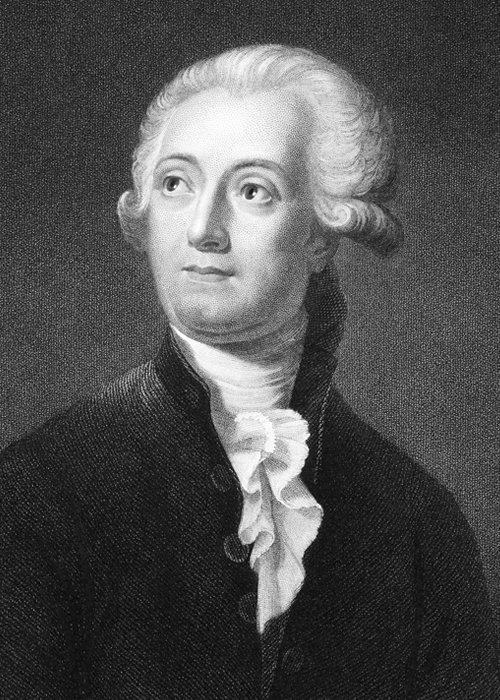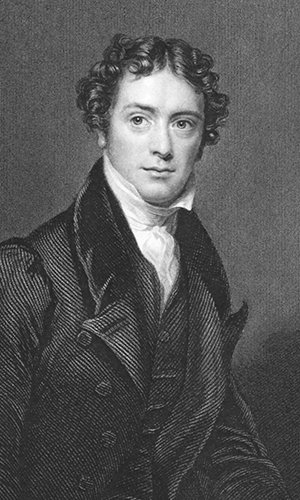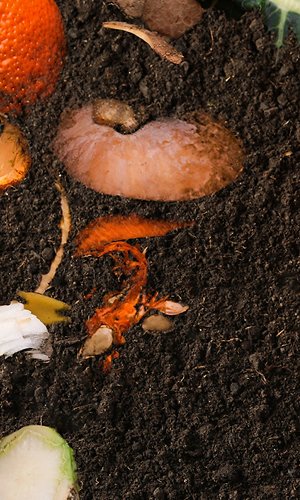At primary school we learn that nothing is created and nothing is destroyed. We have heard this phrase so many times that it sometimes sounds like a folk saying. Usually, at middle school, the science teacher also adds but everything is transformed.
Nothing is created and nothing is destroyed but everything is transformed means that matter on the Earth has always been the same for billions of years. It becomes first one thing, then another, in a series of continuous transformations. For example, a little of the calcium in my bones was once part of a rock, then perhaps it was in a dinosaur, it circulated in the ocean before becoming part of a strawberry, of one of Julius Caesar’s fingers, of a cockroach… It is the Sun’s energy that fuels this movement of matter. Life is sustained by the energy that we take in with food and which, ultimately, derives from the Sun. If you think about it, we are actually machines that are powered by solar energy. There is a continuous exchange of matter and energy among living beings, the Sun and the Earth. Among those who eat and those who are eaten nothing is created and nothing is destroyed but everything is transformed.
The father of this eternal principle is the greatest chemist of all times, the Frenchman Antoine-Laurent de Lavoisier, who wrote the first, monumental chemistry book in 1789. Lavoisier’s phrase can be applied effectively to the food chains that we study at primary school: solar energy lets plants grow, herbivores eat plants, carnivores eat herbivores and decomposers eat the dead matter and put it back into circulation. It is a perfect and dynamic cycle: there are those who eat and those who are eaten, and in the end everyone dies.
Lavoisier died as well: on 8th May 1794, he was guillotined at the height of the French Revolution. This great scientist discovered incredible things: he understood that water is made of very small molecules formed by two elements that he called hydrogen and oxygen; he studied burning things and discovered that combustion is very similar to the breathing of animals because both need “air”: without “air” flames die out, just like life. He invented the method for naming chemical compounds, which we still use nowadays. He understood that the atmosphere is a mixture of gases, made up principally of nitrogen and oxygen. He was interested in physics, economics, agriculture, education and public health. He created a science, chemistry, and dedicated his life to it. He was the first to challenge the existence of phlogiston, a mysterious and imaginary substance that was thought to be released by flames and which was invented to explain what fire is.
Lavoisier was also a “fermier général”, a tax collector: this is why he was arrested and judged to be guilty by the Revolutionary Tribunal. However, it is probable that the envy of a certain Jean Paul Marat, a revolutionary, a man of power known as the Friend of the People, was behind the death of the scientist. Marat was an ambitious and mediocre scientist, who believed in phlogiston and was very much criticised by the scientific community. The bright fame of the great Lavoisier pushed Marat into a corner, where he harboured envy, hard feelings and a desire for revenge. As soon as he had the opportunity, Marat willingly facilitated Lavoisier’s death sentence. It is said that, in response to pleas to save him, the Chairman of the Tribunal replied: “the Republic has no need of scientists.”
However, nothing is created and nothing is destroyed, not even evil: Marat also came to a bad end. He was stabbed while he was taking a bath by a young revolutionary, Charlotte Corday. The crime inspired artists and the scene was reconstructed by the painter Jaques-Louis David in his famous picture showing a pale Marat soaking in the water, while in his hands he holds a sheet of paper with his last notes and the name of his murderess. Edvard Munch, who painted the very famous Scream, portrayed Charlotte standing, next to the bathtub where the Friend of the People lies dead. In this dreadful story, even Charlotte could not fail to come to a bad end: she was guillotined too.
When the eminent Italian mathematician and astronomer Joseph-Louis Lagrange, Lavoisier’s friend, heard of the death of the French chemist, he said: “It took only a moment to cause this head to fall and a hundred years will not suffice to produce its like.”
By Andrea Bellati



